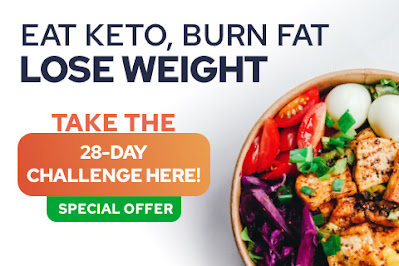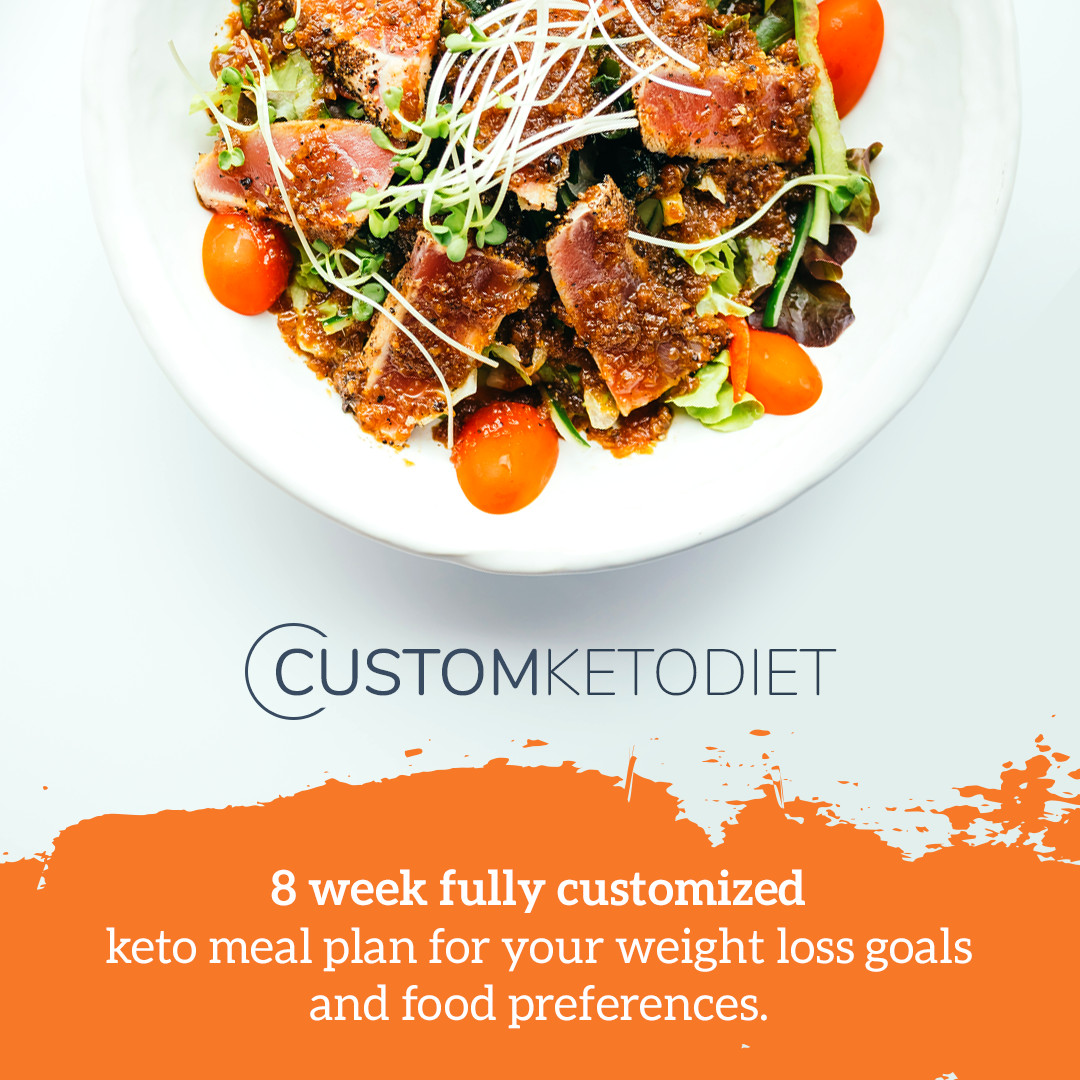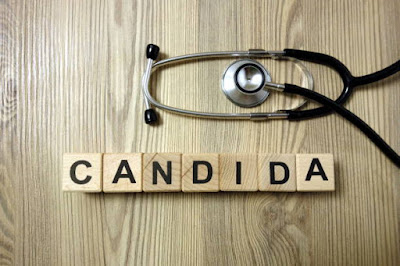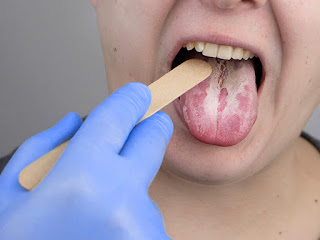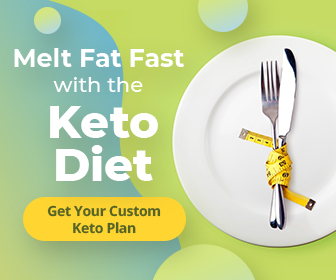Losing weight doesn’t have to feel like punishment. Try these hacks which helped Rachel Hosie get leaner and healthier — and stay that way.
Losing weight is simple, but it’s not easy. Ultimately, it comes down to being in an energy deficit (taking in less energy ie. fewer calories than you expend), but this needn’t be a painful experience.
If the process of losing weight feels like punishment, chances are you’ll end up regaining any weight you lose. The secret is to make small tweaks and develop a sustainable way of living that you can effortlessly transition into maintenance.
Two years ago, I began a six-month weight loss phase in which I lost 35 pounds by working on my overeating habits and my relationship with food. Prior to that, I’d tried all sorts of different unsustainable diets, and my weight had yo-yoed massively as a result.
Since losing the bulk of my weight, I’ve continued working on my healthy habits, and as a result have stayed the same size, going from around 30% body fat in December 2017 to around 17% at my last scan in September 2020. I’m very happy gaining a little weight by enjoying, say, the holiday period or a vacation, because I know how to slim back down afterward if I want to.
When it comes to losing weight, you’re almost definitely going to experience a little hunger, at least at the start as your body adjusts. But it needn’t be horrendous.
We’re all different, and what works for me may not be what works for you. But I’ve learned that there are certain hacks that make losing weight easier, which I employ when I want to shed a few pounds while still enjoying my life.
1. Focus on high-volume foods
If you, like me, are someone who just really likes eating, the prospect of cutting your portion sizes down probably does not appeal. A great way to combat, this, however, is to focus on high-volume foods, and by that I mean foods that take up a lot of physical space but are low in calories.
Some of my favorites are fat-free Greek yogurt, low-calorie ice creams (around 320 for a whole tub), broccoli, and strawberries. There’s no need to eat these specific foods if you don’t enjoy them — I for one don’t much care for watermelon or celery, despite them being high volume.
There are lots of other foods that take up a lot of space on your plate or in your bowl, so you get to eat a lot and feel satiated without consuming lots of calories, as registered dietitian Shena Jaramillo explained to Livestrong.
2. Don’t drink water during a meal
Eating slowly is generally considered good weight loss advice: You tend to eat more mindfully, thus savoring your food more, and feeling more satisfied as a result. It also gives your body time to realize it’s full.
For some people, sipping water between mouthfuls may make them slow down, but for me, it did the opposite: I wasn’t chewing my food properly, and was literally washing it down with water.
I drink more water than the average person over the course of the day (often when we think we’re hungry we’re actually dehydrated), and always drink a glass both before and after a meal, but no longer during.
Make sure you drink lots of water overall though, as this has been proven to help with weight loss.
3. Eat with alternating hands
This is another technique that forces you to eat more slowly. As a right-hander, doing anything with my left hand is hard. So I simply switch my fork from one hand to the other between mouthfuls.
There are some foods with which this doesn’t really work, and sure, if I were in a restaurant I probably wouldn’t do this as it looks a bit odd, but at home, it’s a useful tactic to, again, encourage me to eat slowly and mindfully.
4. Make barely noticeable food swaps
I do not believe in cutting any food out of your diet, and if you want your diet to be sustainable, it needs to include all the foods you love in moderation.
That said, there are some calorie-saving swaps I enjoy that are barely noticeable (unlike replacing spaghetti with zoodles).
For example, some calorie-saving foods I enjoy are bagel thins, powdered peanut butter, and turkey sausages. I genuinely love eating them but I do still enjoy the more energy-dense versions from time to time too.
5. Prioritize protein
It’s important to keep your protein levels up for a variety of reasons: Firstly, it’ll help your muscles repair after exercising and help your body hold on to muscle while burning fat in a calorie deficit.
Secondly, protein keeps you full, and this is scientific fact. On days where I feel the need to snack endlessly, it’s often because I haven’t eaten enough protein. Fitness, nutrition, and fat loss professionals typically recommend aiming for 1.6–2.2g per pound of body weight.
It’s also true that protein, compared to fats and carbs, uses up more calories to digest (known as the thermic effect of food), but the effect of this isn’t huge.
6. Incorporate grown-up alcohol alternatives
The sad truth is that alcohol is not the dieter’s friend. It’s high in calories, and tends to lead to eating more while drinking as well as the next day.
Much like with food though, if you enjoy a drink, you don’t have to cut alcohol out completely.
When I really want to focus on my health and fitness, I do limit my booze intake though, and I’ve found no-alcohol alternatives really helpful. I don’t mean sodas and soft drinks, but the new breed of “grown-up” botanical drinks, the best of which really do taste a lot like their boozy counterpart.
7. Note down your daily wins, not fails
Making lasting change requires working on your mind as much as your body.
One strategy which has really helped me is, before going to bed every night, writing down at least three health “wins” from the day.
That could be surpassing my step goal, eating five portions of vegetables, or stopping eating when I’m full and putting the rest of the pizza in the fridge. This strategy was particularly useful on days where I felt like I’d failed and gone completely off-track.
You’re not striving for perfection — aim for 80% consistency. For your mental health if nothing else (and if you want to keep your social life), you need to be able to indulge and relax from time to time without it sending you into a spiral of despair, guilt, and wanting to give up.
8. Take progress photos
Progress photos (as well as key measurements like your waist circumference) are the best way to see how far you’ve come — and are really satisfying.
For many people, the scales are triggering, and the number shown can vary so much depending on where a woman is in her cycle, whether you ate a big and/or salty meal recently, the time of day, and more.
If you can truly detach any emotions from the scale and see the number purely as data, you can try weighing yourself every morning then taking an average every week (bearing in mind that even then there will be ups and downs). But if not, it’s better to check in monthly, taking progress photos and perhaps weighing yourself once a month to see the general trajectory.
Remember: You’re not looking for a quick fix. Commit to the long haul. It may take time, but if it leaves you happy and healthy with a lifestyle you enjoy, it’s worth it.
For more great stories, visit Insider’s homepage.














